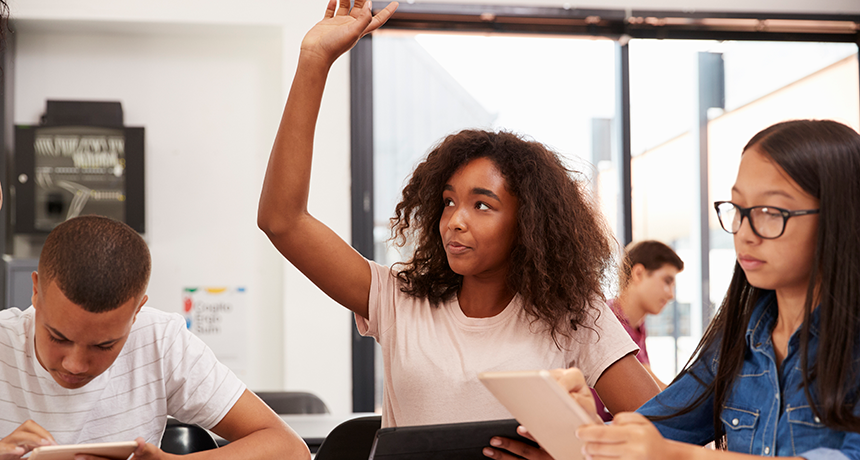“Without technology,” says the US Department of Education, “schools have little chance of rising to 21st-century expectations.”
Likewise, Britain’s Education Secretary calls on teachers “to realise the huge potential of technology to transform our schools”
The question then remains: How should teachers employ learning technologies within the classroom? The first issue that presents itself is whether classroom screen time should be used to create or consume.

Consumption pros & cons –
Screens provide a medium that is eye-catching, and students naturally turn their attention toward it.
Screens are paperless. Books can be forgotten, defaced, expensive or be out-of-date. Sometime all of the above. Screens are portals to multiple sources and up-to-date material.
Quizzes can be graded and filed automatically which saves time.
Having said that, books don’t lose a signal and students generally get time to consume material outside of school.

Creation pros & cons –
All screen time takes away from face-to-face learning, however:
Creation tools teach students valuable digital skills.
Creation tools allow students to collaborate on a project.
Creation promotes learning through interaction.
Creation apps allow students to express themselves through multiple media, such as mind maps or flashcards, which can suit individual learners better.
Like everything in life, balance is key. Students should be encouraged to master new skills and other media, but that should not take away from human interaction. A little goes a long way, and the young learn quickly.
Consumption and creation are both valuable to progress. JJ Abrams learned how to direct from watching Spielberg movies. JK Rowling learned to write by reading Jane Austen. Consumption helps students to learn what has come before. Creation trains them to build the future.
